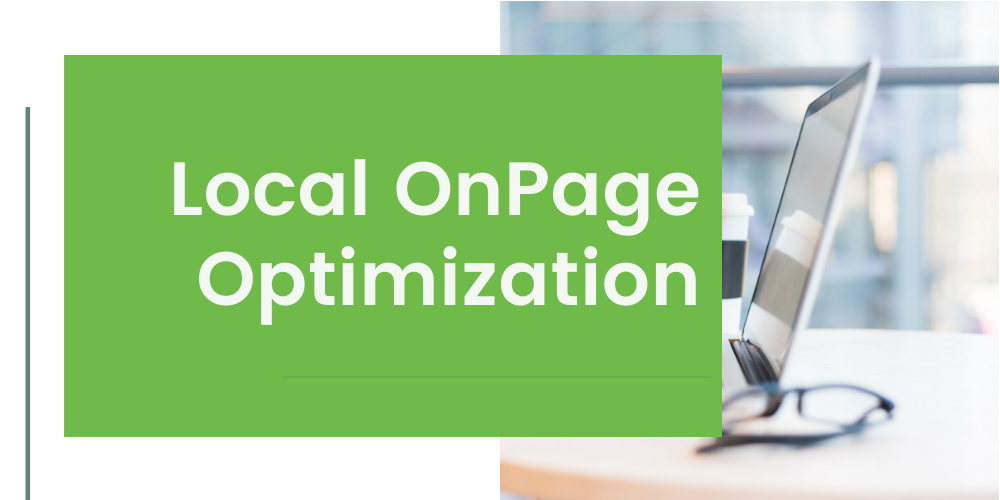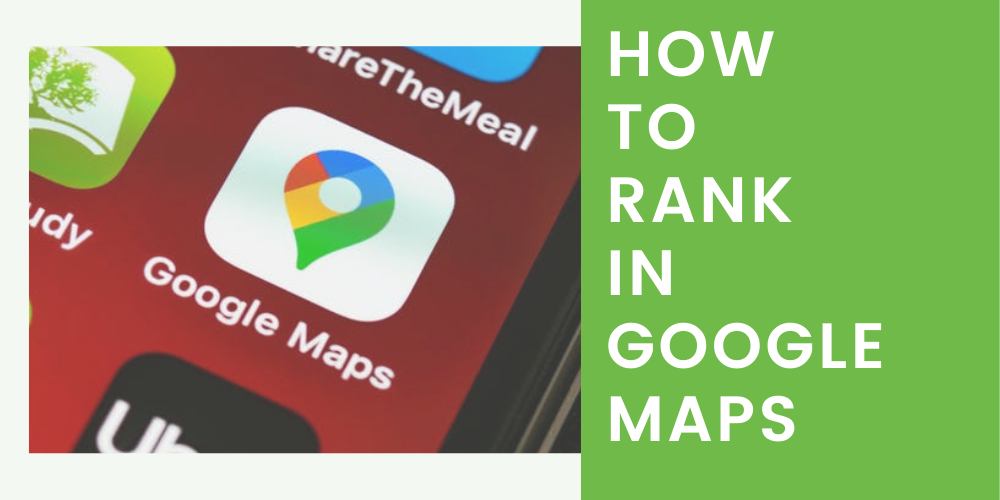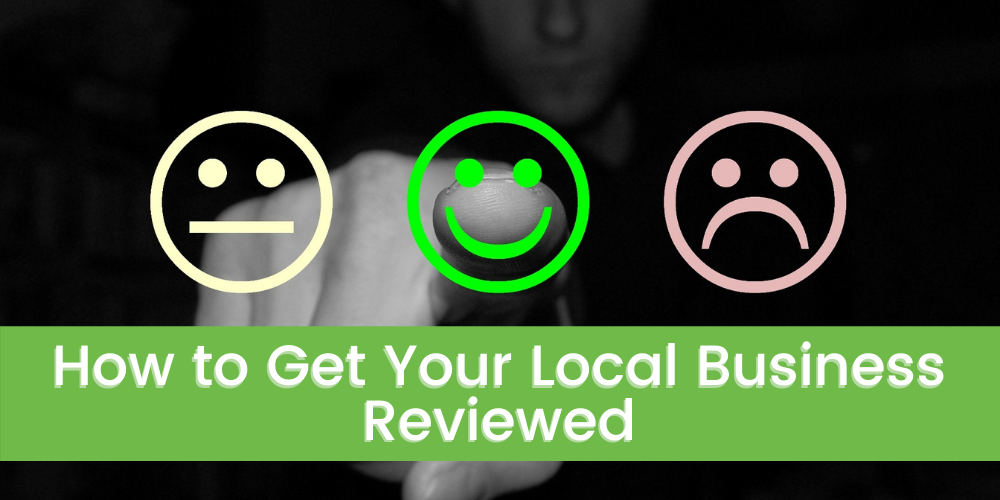Optimizing all the pages of your website is vital to rank for any keywords that your target audience is looking for.
There are, however, a few essential things you’ll need to do to make sure your website ranks locally
1.Setting Up Your Website’s Structure to Rank Landing Pages
If you serve more than one area or city, you can create specific landing pages for each location. This is a standard workaround for many businesses that have only one place or one that doesn’t have an actual office but services a large area.
Due to this, you may have to set up different landing pages for your website based on the area you serve.
Examples:
yourawesomewebsite.com/area-1
yourawesomewebsite.com/area-2
yourawesomewebsite.com/area-3
These different landing pages will help you rank locally and organically in those areas where you don’t have a physical location.
2.Optimize the Following: Title Tags, Headers, Content, and Meta Description
This applies to all your standard OnPage optimization elements. You’ll need to include your city along with keywords in the title tag and also on the page.
3.Display Your NAP in Schema Format
When you display your NAP or Name, Address, and Phone Number on your website, do it schema format. Make sure the information is consistent with your current business listings. Don’t forget those business hours!
4.Have a Google Map Embedded
To make your location easier to find, embed a Google Map on your website.
5.Make Sure to Include Clear and Consistent Calls to Action
Having people visit your website is fantastic, but you also want to convert them to customers. Make sure you have your phone number displayed clearly and make contacting you easy. Guide your visitors by using CTAs or Calls to Action to let them know what they need to do next. This can be calling you, requesting a quote, or others.
6.Don’t Forget Those Testimonials and Reviews
Have any reviews for your website displayed on your website will help you increase your conversions and will also give your visitors more confidence in your service.
7.Make Sure Your Website is Mobile Friendly
Google has made a large part of its focus on mobile-friendly websites. This started back in 2015. You can use Google’s Mobile-Friendly Test to make sure that your business’s website looks and displays correctly on your mobile devices.
If it doesn’t pass the test, consider a re-design of your website or updating your WordPress theme.




